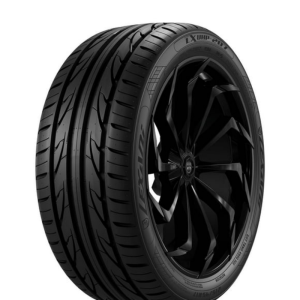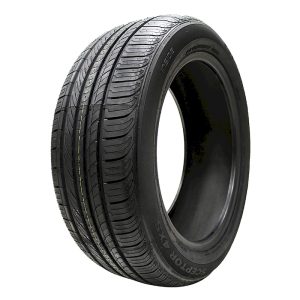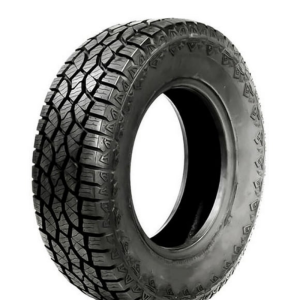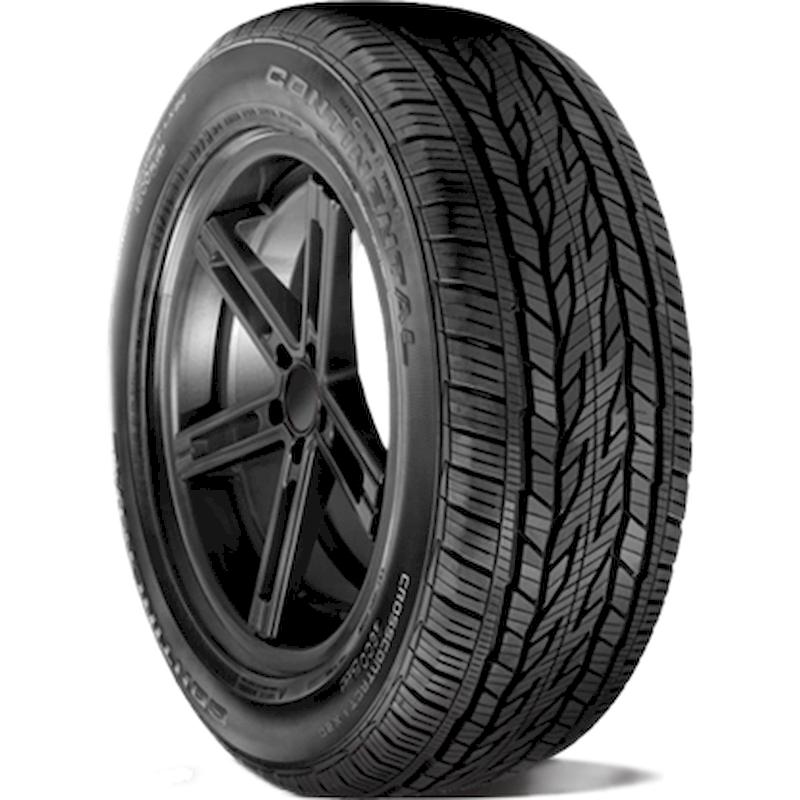
Tire rotation is an integral part of vehicle maintenance often overlooked by drivers. So, what does it mean to rotate tires? When you rotate your tires, you change their positions on the vehicle to promote even tire wear. This process helps ensure that your tires last longer, improve handling, and enhance safety on the road. Tires wear unevenly over time due to various factors, including driving habits, road conditions, and the alignment of your vehicle. Proper tire rotation involves moving each tire from one position to another—typically front to back and side to side—according to a specific pattern designed for your vehicle type.
This article will explore the significance of tire rotation, focusing on the benefits it provides, different methods for rotation, recommended rotation intervals, and tips for a seamless tire rotation process. By understanding the importance of rotating your tires, you can help extend their lifespan and ensure a safer driving experience.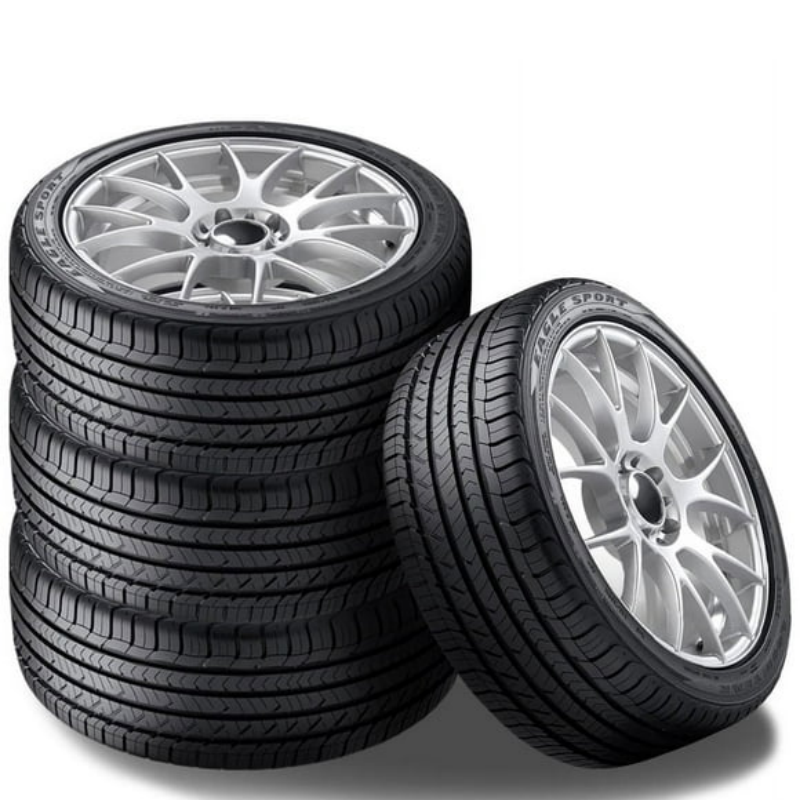
The Importance of Tire Rotation
Understanding the importance of tire rotation is critical for every vehicle owner. Many drivers underestimate how a simple maintenance task like this can impact performance, safety, and costs.
Extending Tire Life
One of the foremost reasons to rotate tires regularly is to extend their lifespan. Tires can wear unevenly depending on their position on the vehicle. For instance, the front tires often bear more weight and friction than the rear tires, leading to faster wear. By rotating your tires according to the manufacturer’s recommendation, you achieve a balanced wear pattern and maximize the life of each tire.
Improving Vehicle Handling
Evenly worn tires contribute to better handling and performance. When tires are worn unevenly, your vehicle can pull to one side or have decreased traction, leading to an unstable and potentially dangerous driving experience. Regular tire rotation helps maintain balanced traction across all four tires, ensuring the vehicle handles responsively and predictably.
Enhancing Fuel Efficiency
Tires that are evenly worn typically lead to improved fuel efficiency. When tires wear unevenly, they can generate increased rolling resistance, requiring more energy and causing your engine to work harder. Regularly rotating your tires helps mitigate rolling resistance, contributing to better fuel economy over time.
Ensuring Safety
Tire condition plays a significant role in overall vehicle safety. Worn tires increase the likelihood of blowouts or reduced grip on wet or slippery surfaces. By rotating tires regularly, you ensure that all tires maintain optimal tread depth and grip, enhancing safety on the road for you and your passengers.
The Process of Tire Rotation
To understand what it means to rotate tires, it is essential to explore the actual process involved. Tire rotation is not as simple as moving tires around. Different vehicles may require specific rotation patterns based on drivetrain configurations (front-wheel drive, rear-wheel drive, or all-wheel drive) and tire types.
Rotation Patterns
When discussing how to rotate tires, several patterns are common in practice. The choice of a pattern depends on the vehicle’s drive type:
- Forward Cross: Common for front-wheel-drive vehicles, this pattern consists of moving the front tires to the back while crossing them over to opposite sides (right front to left rear, left front to right rear).
- Rearward Cross: Suitable for rear-wheel-drive vehicles, the rear tires move forward and cross to the opposite front positions. It helps balance the wear between front and rear tires effectively.
- X-Pattern: This rotation method is often recommended for all-wheel-drive vehicles. Each tire moves to the diagonal position, ensuring that they share wear and tear evenly across the vehicle.
- Side-to-Side: This method involves moving tires from one side of the vehicle to the other without changing front and back positions. This is typically used for vehicles with directional tires designed to roll in one direction.
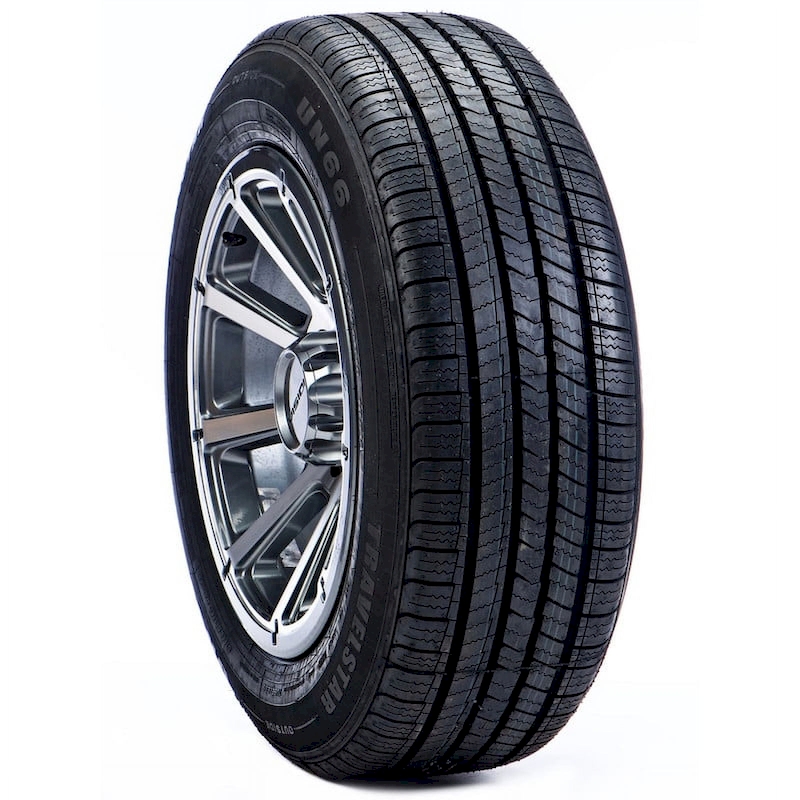
Steps for Tire Rotation
Here’s a step-by-step guide to properly rotating your tires:
- Preparation: Begin by parking the vehicle on a flat, level surface and engaging the parking brake. Make sure you have all necessary tools, including a jack, jack stands, and lug wrench.
- Loosening Lug Nuts: Use the lug wrench to slightly loosen the lug nuts on all four wheels before elevating the vehicle. This will allow for easier removal once the tires are lifted.
- Lifting the Vehicle: Utilize a jack to lift up one corner of the vehicle at a time. Once supported, ensure safety by placing jack stands under the vehicle for added stability.
- Removing Tires: Once each tire is elevated, completely remove the lug nuts and take off the tire.
- Rotating the Tires: Follow the predetermined rotation pattern based on your vehicle type, carefully switching the tires’ positions accordingly.
- Reinstalling Tires: Place each tire back onto its respective hub, ensuring fitment by tightening the lug nuts by hand to prevent cross-threading.
- Lowering the Vehicle: Once all tires are reattached, lower the vehicle back to the ground and tighten the lug nuts firmly in a star pattern to ensure balance.
- Final Check: After tire rotation, check tire pressure and alignment to maintain optimal performance.
Recommended Tire Rotation Intervals
Knowing what it means to rotate tires extends beyond the basic understanding of the process. Regularity is key when it comes to maintaining tire integrity. Various factors contribute to how often you should rotate your tires.
General Guidelines
Most manufacturers recommend rotating tires every 5,000 to 7,500 miles. However, reference your vehicle’s owner manual for specific guidelines, as they can vary based on the make and model of your car.
Driving Conditions
Certain driving conditions may call for more frequent rotations. If you frequently drive on rough terrain, gravel roads, or do a lot of stop-and-go city commuting, consider rotating your tires every 3,000 to 5,000 miles to counteract uneven wear.
Tire Types
If you have specific tire types, such as directional tires or differing tread patterns, consult the manufacturer’s recommendations. These tires may require more frequent rotations or specific patterns to maintain performance.
Visual Check for Wear
Regularly inspect your tires for signs of uneven wear. If you notice any issues, such as one side wearing faster than the other, consider rotating your tires sooner than the standard interval.
The Benefits of Professional Tire Rotation Services
While DIY tire rotation is entirely feasible, opting for professional tire rotation services comes with its own set of benefits.
Expert Knowledge
Professional mechanics are trained to recognize unique vehicle and tire needs. They can recommend specific rotation patterns and best practices based on their experience.
Specialized Equipment
Professional tire shops often have specialized equipment that allows for quicker and more effective tire rotation and alignment. This can save you time and effort, leaving you with more free hours.
Additional Services
When having your tires rotated professionally, you can often receive other services, such as balancing, tire pressure checks, and inspections for other underlying issues. This comprehensive approach helps maintain your vehicle’s overall performance.
Warranty and Assurance
Many tire retailers and service centers offer warranties or service guarantees. This can provide peace of mind knowing that your tires and vehicle are being handled professionally.
Understanding the Relationship Between Tire Rotation and Alignment
While tire rotation focuses on repositioning tires, wheel alignment ensures your car’s wheels are properly aligned with one another and the road.
Importance of Alignment
Proper alignment influences tire wear, steering ability, and handling. Misalignment can cause tires to wear unevenly, leading to premature replacement and decreased safety. It is recommended to check alignment during or after tire rotation, especially if you notice pulling in one direction while driving.
Symptoms of Misalignment
Watch for the following signs that indicate you may need an alignment in addition to rotation:
- Uneven tire wear
- Steering wheel off-center
- Vehicle pulling to one side
Scheduling Procedures Together
For efficiency, consider scheduling tire rotation and alignment services together. This approach saves time and ensures your vehicle receives essential maintenance in one visit.
Common Myths About Tire Rotation
With tire maintenance, several myths circulate that can confuse drivers. Here are some common misconceptions about tire rotation:
“Tires Only Need to Be Rotated Once a Year”
This statement is misleading. Regular rotation intervals based on mileage are crucial to maintaining even wear. Depending on driving conditions and habits, a more frequent schedule could be essential.
“New Tires Don’t Need Rotation”
New tires are just as susceptible to wear patterns as older tires. Regular rotation helps maintain their condition and performance, prolonging their lifespan.
“All Cars Rotating Tires the Same Way”
Not all vehicles are designed the same way. Different drive types (rear-wheel, front-wheel, or all-wheel drive) require specific rotation patterns. Always refer to the owner manual for the correct approach.
“I Can Skip Rotation if I Have Good Tire Pressure”
While proper tire pressure is essential for overall tire health, it does not replace the necessity of rotation. Uneven wear can still result from factors beyond air pressure.
Conclusion
Understanding what it means to rotate tires is vital for every vehicle owner looking to maintain their car’s performance and safety. By regularly rotating your tires, you can maximize their lifespan, enhance handling, and improve fuel efficiency. This article has provided an in-depth exploration of tire rotation, encompassing its importance, the various methods, and intervals for when to perform this essential maintenance task.
Additionally, it highlights the benefits of seeking professional services and the relevance of alignment in conjunction with tire rotation. As a proactive vehicle owner, you can embrace tire rotation as a routine aspect of car maintenance that ultimately keeps your vehicle performing at its best.
With a commitment to regular rotation and mindful upkeep of your vehicle, you’ll find that this simple task can lead to less hassle, improved safety, and, ultimately, a smoother ride on the road. Stay on top of your tire health, keep your wheels turning, and enjoy the open road with confidence!
